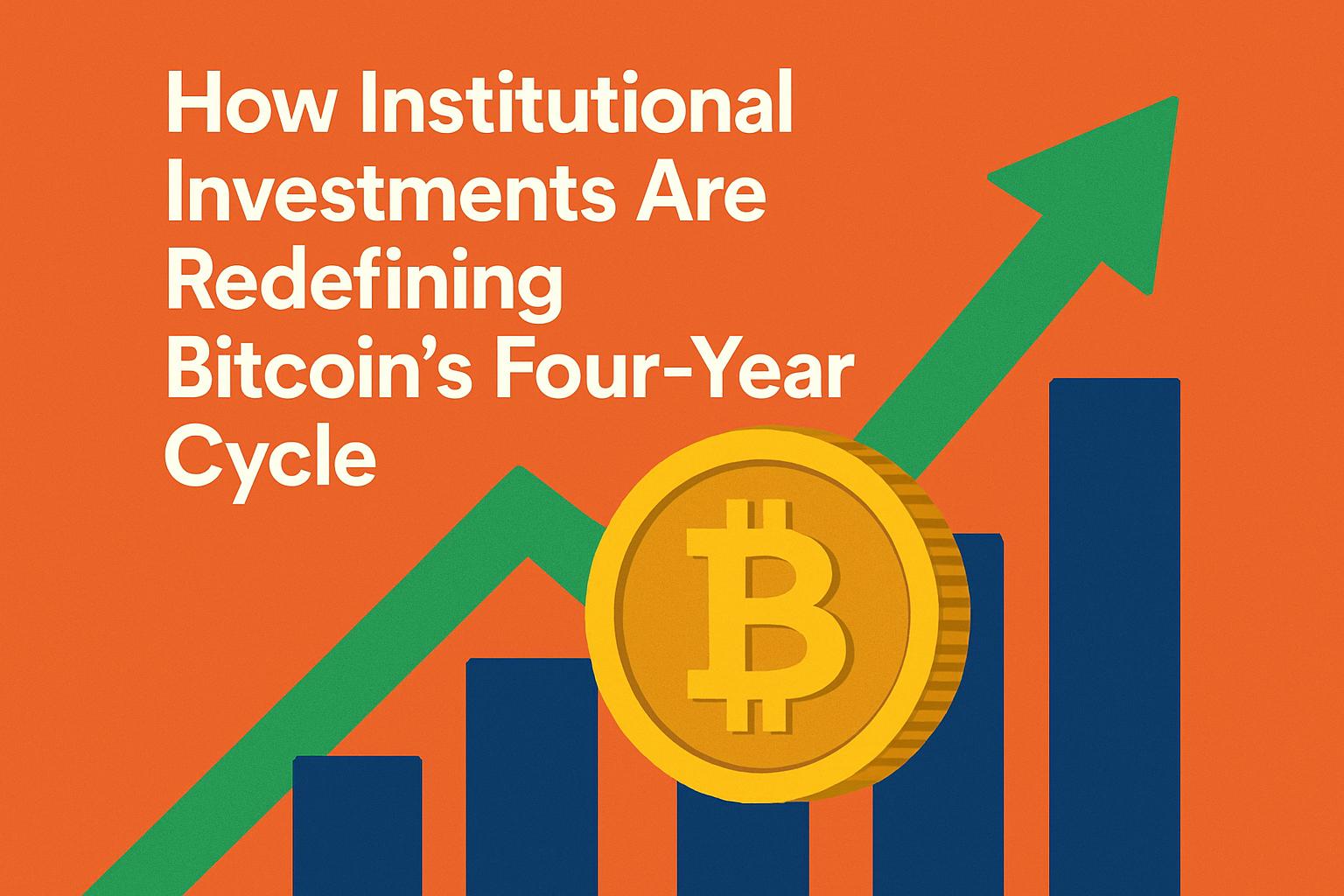The once-reliable four-year cycle of Bitcoin, a cornerstone belief in the crypto community, seems to be entering uncharted territory. As Bitcoin climbs, questions arise about whether its bull market climax will follow previous patterns or be extended by the influx of institutional money and shifting macroeconomic policies. Crypto researcher Aylo delves into these possibilities, highlighting how this cycle might diverge significantly from the past.
Traditional Four-Year Cycle: A Pattern Under Scrutiny
Historically, Bitcoin’s bull markets have peaked every four years, in 2013, 2017, and 2021, followed by corrections. This pattern has been so consistent that many investors have treated it as a fundamental principle for crypto investing. Aylo identifies four key reasons behind this cycle: historical consistency, psychological momentum akin to a self-fulfilling prophecy, the impact of Bitcoin’s halving events, and the simplicity principle, often called Occam’s Razor. If history were to rhyme, Bitcoin should peak again by late 2025.
Institutional Influence: A New Market Dynamic
This time, however, institutional involvement is changing the game. Unlike previous markets dominated by retail traders, institutions are now at the forefront, altering the timeline that has held for past cycles. Institutional investors’ profit-taking is more measured, eliminating the panic-driven sell-offs common among retail investors. Moreover, traditional indicators like NVT or MVRV, once suitable for retail-driven markets, are losing relevance as institutions reshape the landscape.
Regulatory Environment and Economic Signals
Furthermore, the regulatory environment, often a bane of past bull markets, now offers stability. In the U.S., the SEC’s more supportive stance is providing institutional confidence. The macroeconomic outlook is also influential. Federal Reserve Chair Jerome Powell’s term ends in May 2026, and a potentially dovish successor from a new administration could encourage bullish economic conditions into 2026.
Cryptocurrency demand is becoming more diverse. The rise of stablecoins signifies enhanced monetary supply within the crypto ecosystem, offering more market support. Institutional interest, fueled by ETFs and potential inclusion in retirement funds, could also sustain the rally.
Risks and Uncertainties Lurking Beneath
Despite the optimism, potential risks exist. Institutional leverage might lead to forced liquidations more damaging than simple buy-side absences if financing falters. Additionally, a resurgence in U.S. inflation could pressure the Fed to tighten policies, posing risks to cryptocurrency markets. Notably, this cycle hasn’t seen the usual speculative frenzy or consensus-driven price surges typical of past bull markets. Aylo’s observations suggest that the market is more cautious now, with slight corrections prompting immediate pessimistic reactions.
Rethinking the Four-Year Consensus
Aylo concludes with a provocative thought: Could 2026 be the true peak? Institutional participation and evolving macro trends could delay the cycle’s climax. Aylo believes that the widespread understanding of the four-year cycle could alter outcomes this time. After all, when have the masses ever been consistently right?
This insight originated from ABMedia’s article “How Institutional Investments Are Redefining Bitcoin’s Four-Year Cycle.”

![[News] Bitcoin at a Turning Point? 10x Research Signals a Bullish Macro Shift Ahead](https://cryptoexplores.com/wp-content/uploads/2025/06/new20250616.jpg)
![[News] Binance Lists $HOME, the Gas-Free, Bridge-Free All-in-One DeFi App](https://cryptoexplores.com/wp-content/uploads/2025/06/news20250617.jpg)